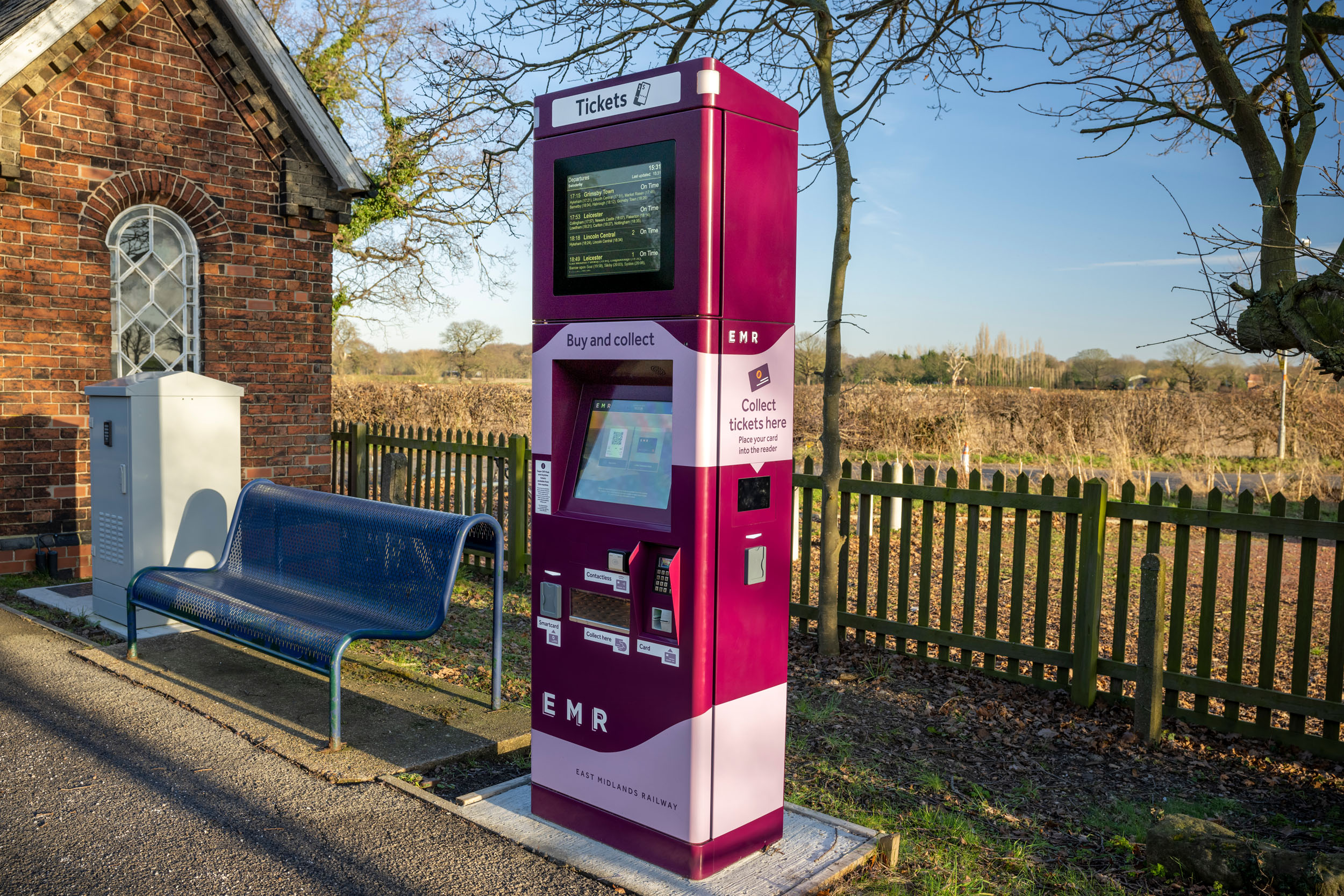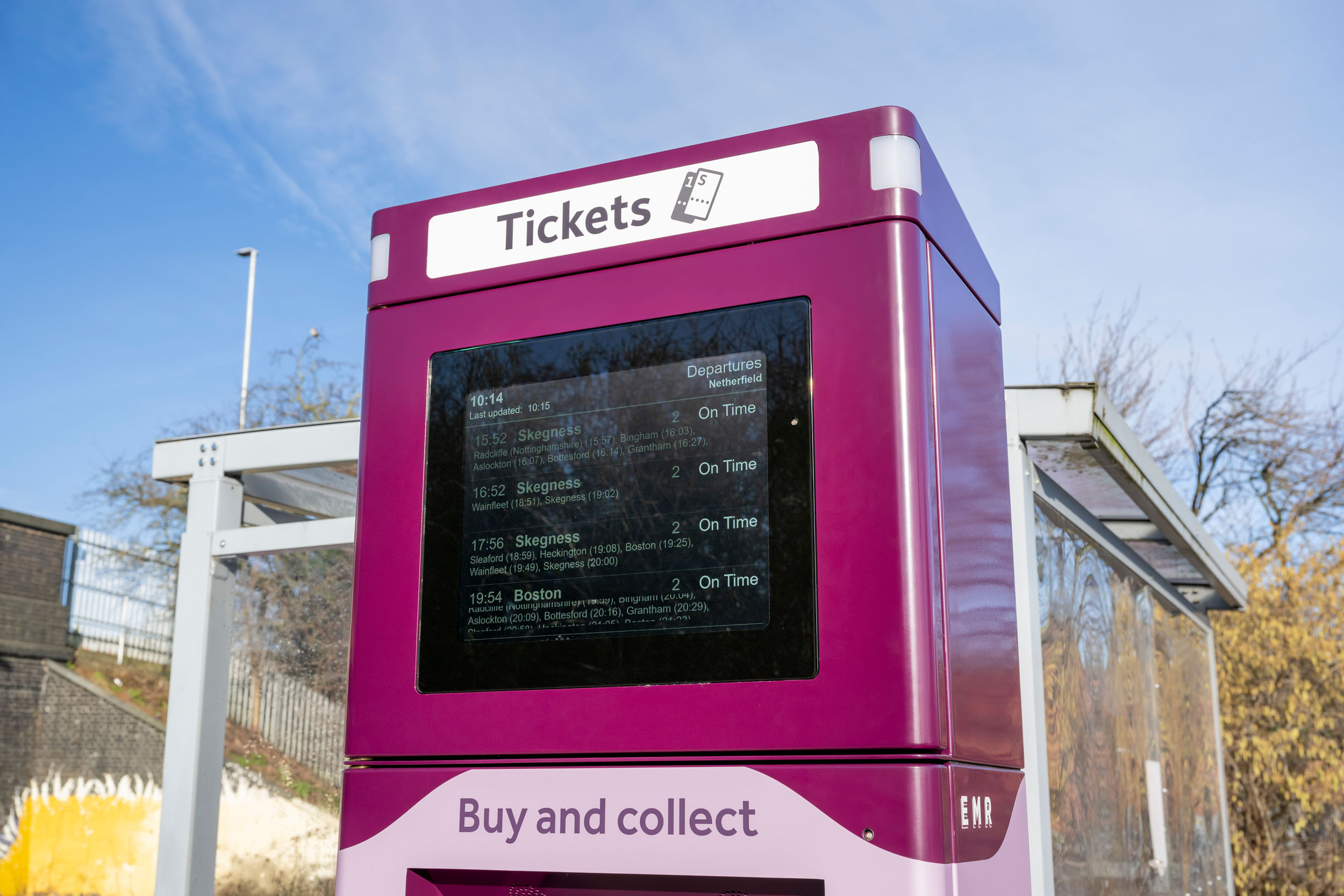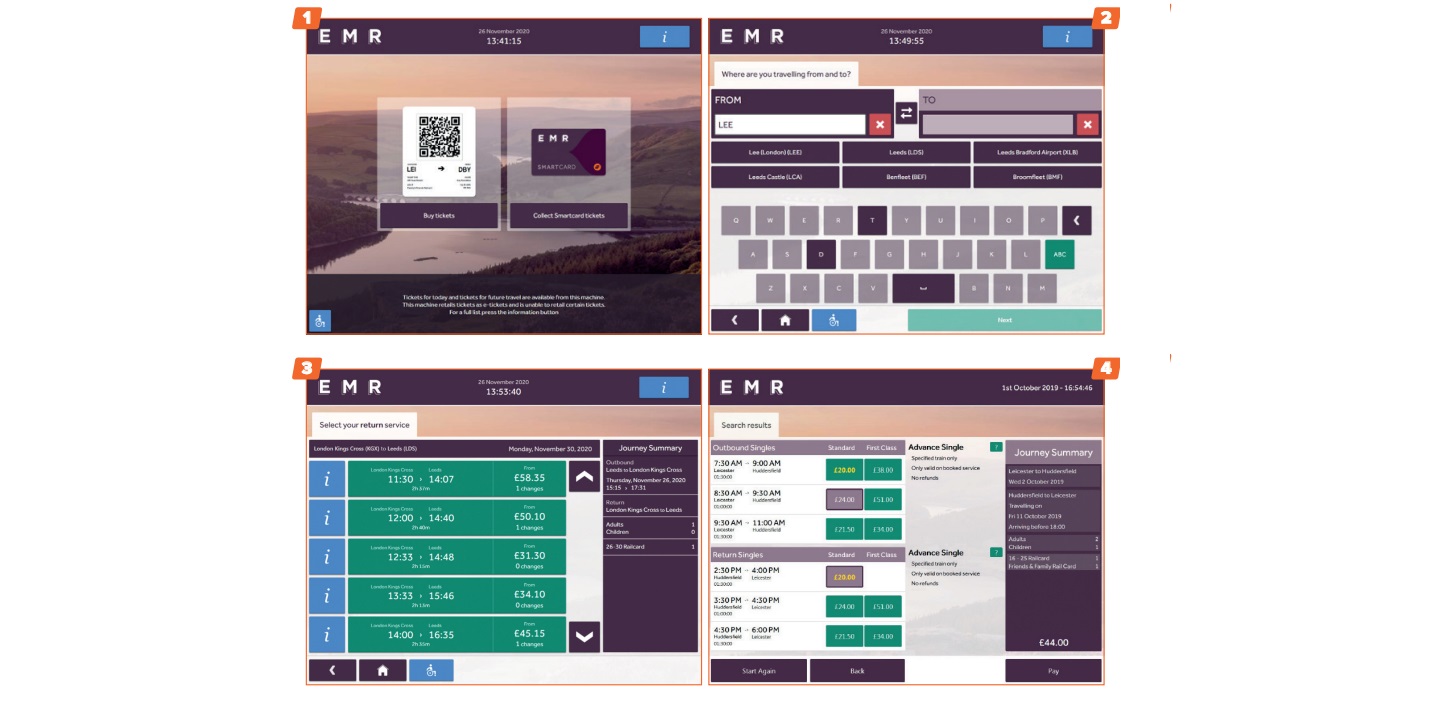
In an era of rapidly advancing technology and shifting travel habits, the decline of paper magstripe tickets for rail travel is becoming more and more evident. Research conducted by the Rail Delivery Group (RDG) and leading train operating companies (TOCs) has revealed that before the pandemic, paper tickets accounted for a substantial 75% of all rail tickets. However, in the wake of evolving travel preferences and increased technological savviness among passengers, the share of paper tickets has plummeted to less than 40%. This transformation underscores the growing demand for customer-oriented ticketing solutions like smart ticketing, which promise to offer simpler, cost-effective, and more flexible travel experiences.
Magstripe tickets, once hailed as a technological marvel in the 1980s, have now become emblematic of outdated and problematic ticketing systems, posing an array of issues for both passengers and rail operators.
For passengers, the drawbacks of magstripe tickets extend beyond their lack of durability and ease of misplacement. These paper-based tickets can easily wear out, leading to errors in reading the magnetic stripe. Such wear and tear often results in ticket barriers rejecting passengers, causing frustrating delays and even missed trains.
Moreover, acquiring refunds for cancelled services with magstripe tickets can be an onerous and time-consuming process. These antiquated tickets typically involve lengthy administrative procedures, which can be both inconvenient and discouraging for passengers seeking compensation for disrupted travel plans.
In addition to the problems associated with magstripe tickets for passengers, rail operators face their own set of challenges. The costs associated with issuing and maintaining the printing infrastructure for these tickets are substantial. Not only do operators need to continuously produce these paper tickets, but they must also maintain and replace ticket barriers to accept magstripe tickets. This is an ongoing financial burden that diverts resources from more innovative and efficient ticketing solutions.
Furthermore, magstripe tickets are susceptible to fraudulent activities. High-profile cases have exposed instances of counterfeit tickets being sold on the dark web, costing train operating companies substantial financial losses. The need to combat ticket fraud results in increased security measures and resources being allocated to address this ongoing issue.
Finally, an often-overlooked aspect is the environmental impact of magstripe tickets. These tickets are constructed from various materials that are challenging to recycle. The environmental cost associated with manufacturing and disposing of non-recyclable magstripe tickets adds another layer of concern, especially in an era where sustainability is at the forefront of many industries.
As operators strive to meet the expectations of modern passengers, smart ticketing has emerged as a creative and increasingly viable solution. In fact, recent data from Northern, one of the UK’s leading train operating companies, reveals that 72.6% of their customers now travel using smart cards, eTickets or mTickets.
In simple terms, Smart tickets are any kind of digital train ticket. Passengers can load a smart ticket onto a smartcard, keep it on their mobile, print it at home or buy smart tickets at a Smart Ticket Vending Machine (TVM).
There are 3 main kinds of smart tickets – smartcards, eTickets and mTickets.
Smartcards are reusable, credit-card sized cards that can store tickets. Passengers can put multiple tickets on a single smartcard before using their smartcard to tap on a reader to get into or out of a station.
eTickets are digital train tickets that provide travel information contained in a barcode. Passengers can store an eTicket on their device or print it at a Smart TVM.
mTickets are digital train tickets that provide travel information contained in a barcode. They are stored on passenger’s mobile phones, and accessed via an app – for example, Apple or Google wallet, or a train company or ticket retailer app. They need to be activated before use.

Smart ticketing and Smart Ticket Vending Machines offer a wide array of benefits that transform the ticketing experience for rail passengers and operators.
First and foremost, the introduction of smart ticketing helps to free up ticket office staff, empowering them to help passengers deal with a number of other travel-related issues face-to-face on the platform, and greatly enhancing the level of customer service they can provide.
One of the most literal benefits is also the way the technology contributes to a significant reduction in queues at railway stations. Smart TVMs operate seamlessly around the clock, 24/7, ensuring that passengers have access to a reliable and efficient ticketing solution at all times. Even at smaller stations with limited staff availability, these machines provide a hassle-free and quick ticketing experience, making travel more convenient.
Smart TVMs are also highly adaptable, capable of accepting various payment methods, including debit and credit cards, contactless payments, mobile wallets, and even cash. This versatility ensures that passengers can choose their preferred payment option, making the ticket purchasing process more straightforward and accommodating diverse preferences.
In the event of lost or cancelled tickets due to service disruptions or cancellations, Smart TVMs offer a hassle-free solution. They facilitate automatic reimbursements of fares, eliminating the need for passengers to navigate complex refund processes and speeding up the resolution of travel-related issues.
Moreover, these machines feature intelligent software that benefits passengers in several ways. They allow customers to purchase 99% of all required tickets well in advance, up to 90 days, offering more flexibility in planning journeys. The software also actively displays the most affordable ticket options for the specific journey, enhancing access to economical fares.
Accessibility is a priority with Smart TVMs. They are designed with intuitive touch screens, making the interface user-friendly for passengers with diverse needs. Additionally, tactile buttons, voice guidance, and large, clear screens ensure that these machines cater to a wide range of passengers, including those with disabilities.
Beyond these benefits, Smart TVMs provide an efficient, eco-friendly, and cost-effective ticketing solution, aligning with the broader goals of sustainability and modernisation in the rail industry. As the transportation landscape evolves, the advantages of smart ticketing and Smart TVMs continue to reshape and enhance the rail travel experience.
Aside from efficiency and convenience benefits, one of the most significant advantages of smart ticketing is its ability to empower transport authorities and operators. It provides invaluable, real-time data on passenger flows and market trends that were previously challenging to collect through traditional retail methods. Smart TVMs equipped with intelligent software also enable operators to offer their full range of products, such as season tickets, rail cards, advance ticket and ‘on the day’ tickets, ensuring revenue collection is maximised. Moreover, these machines can issue seat reservations, a critical feature that not only enhances the passenger experience but also grants operators insight into service capacities.
With changing travel patterns resulting from the pandemic, the public transport sector, including the rail sector, must win back discretionary customers. Smart ticketing and smart TVMs can facilitate this by seamlessly integrating services like car park ticketing, Automatic Number Plate Recognition (ANPR) systems, bike reservations, and more, creating an interconnected transportation ecosystem.
In addition to improving the passenger experience, smart ticketing and smart TVMs can save operating companies money by eliminating the need to manage paper ticket printing infrastructure and removing the huge costs associated with maintaining barriers that accept the now maligned orange magstripes.

Public-private partnerships are essential in the journey towards a more advanced and efficient rail transportation system. While the UK has made commendable strides in rolling out smart ticketing solutions, challenges remain, largely due to the complex and fragmented legacy systems that have evolved over time. These legacy systems are often difficult to overhaul and modernise, making it imperative for transport authorities and TOCs to collaborate with private sector innovators to achieve true transformation.
One notable recent example of successful collaboration is the partnership between Cammax, SilverRail, and East Midlands Railway (EMR), which has yielded commendable results. Together, they developed the UK’s first truly smart rail ticketing kiosk, known as the Smart Rail TVM. The goal of this innovative project was to maximise ease and convenience for passengers in terms of time, cost, comfort, safety, accessibility, and sustainability.
The Smart Rail TVM represents a clear departure from the outdated ticketing machines that no longer meet the expectations of modern passengers. Fitted with intuitive software, including SilverRail’s cutting-edge Ticket Issuing System (TIS) SilverCore, the Smart Rail TVM serves as a dynamic shop window that enables operators to showcase their full range of products effectively. Passengers can now conveniently purchase tickets up to 90 days in advance, along with on-the-day advanced ticket pricing, ensuring affordable fares for all journeys.
This collaborative effort has not only resulted in providing passengers with advanced ticketing solutions but also demonstrates the potential for integrating non-Rail Delivery Group (RDG) products, thereby supporting the concept of Mobility as a Service (MaaS). By facilitating services such as car park ticketing, Automatic Number Plate Recognition (ANPR) systems, bike reservations, and more, the kiosk creates a unified and interconnected transportation ecosystem. This approach aligns with the evolving travel landscape, where passengers are seeking a seamless and integrated experience, and where rail operators are expanding their service offerings to meet changing demands.
The TVM’s inclusion of Real-Time Information (RTI) display adds another layer of passenger benefit. This feature delivers instant information related to train times, delays, and cancellations, giving passengers greater transparency and the ability to plan their journeys more effectively. Moreover, it offers passengers a superior level of control and insight into their travel plans.
The first Smart Rail TVMs were rolled out to widespread praise in 2021, followed by the deployment of an additional 28 units in smaller stations across Staffordshire, Leicestershire, Lincolnshire, Derbyshire, and Nottinghamshire. Since being launched passengers have embraced the new technology seamlessly. Looking ahead, the TVMs even have the capacity to be enhanced and modified to effortlessly align with evolving travel trends, positioning Smart Rail TVMs, and smart tickets, as a cornerstone of rail ticketing, both now and for the future.